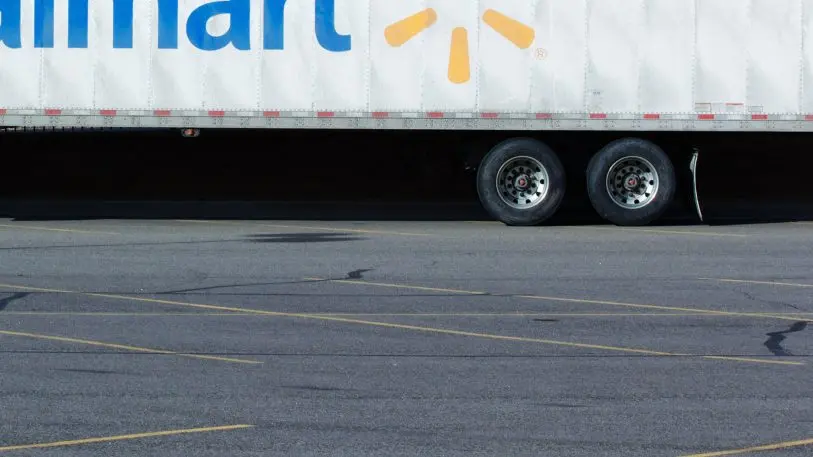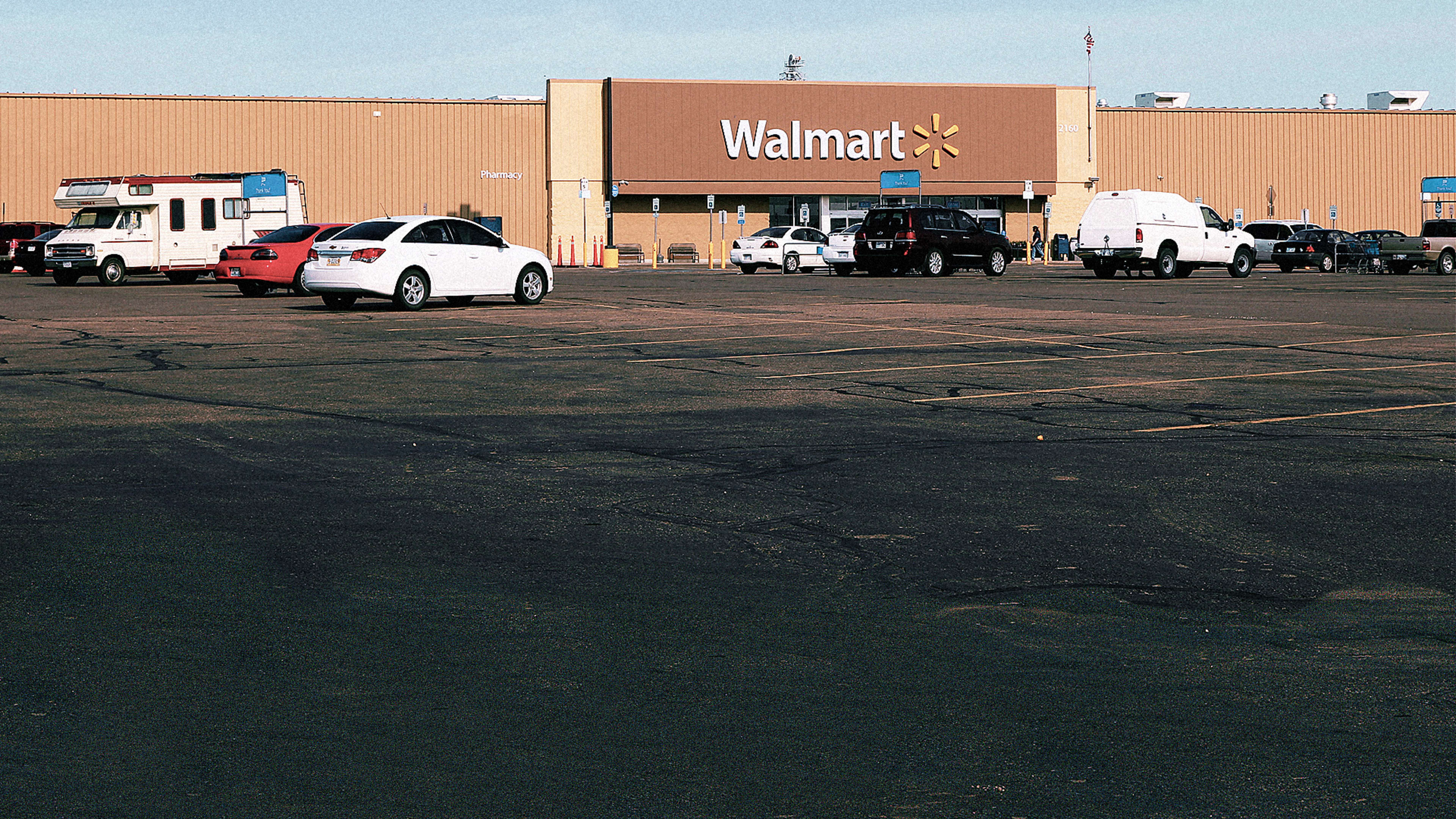For better and worse, Walmart shapes the world. The mega-retailer has 11,695 stores internationally, more than 100,000 suppliers, and its influence on local communities is undeniable. Walmart drives down prices, scares away independent stores, and very possibly costs the federal government billions of dollars. In 2013, Democrat staff on the U.S. House Committee on Education and the Workforce looked at how Walmart stores depress wages in Wisconsin. It found that public benefit programs “make up the difference” in people’s pay packets, meaning that taxpayers are effectively subsidizing Walmart’s business. A single 300-person Supercenter costs the public $904,542 per year, it estimated.
Still, Walmart’s impact can also be positive. The retailer has invested heavily in solar energy, for example, helping to normalize renewables among major corporations. In the U.S. 350 of its more than 5,000 stores have solar panels on their roofs, the most of any retail chain. Moreover, Walmart’s commitments on climate change are putting other chains to shame. It was the first retailer with a “science-based target” for reducing carbon emissions (meaning its target is in line with what scientists say are necessary reductions to keep global warming at manageable levels). Walmart hopes to reduce its own carbon output by 18% by 2025.
And now it plans to go further than that, encouraging its top suppliers to make similar commitments. Its new initiative, called Project Gigaton, aims to cut greenhouse emissions by one billion tons across its supply chain by 2030. Which is a hell of a lot: The retailer estimates it’s the equivalent of getting 211 million passenger vehicles off of U.S. roads for an entire year.

Meanwhile, on the product design side, Walmart has produced a $3.88 T-shirt with cotton traceable to the Mississippi Valley. Manufactured with 50% renewable energy and reclaimed water, Phillips says it’s an example of the type of product Walmart wants its suppliers to produce more of, and how the toolkit can help.
With almost $500 billion in annual revenues, Walmart’s influence on environmental matters is enormous. Phillips doesn’t say suppliers are obliged to become more sustainable as part of Project Gigaton, only that Walmart “wants” its suppliers to be more sustainable. Which may mean the same thing.
“When Walmart says you have to be more sustainable, suppliers tend to react,” says EDF spokesperson Rick Velleu, in an interview. “Nobody wants to design their product twice. They answer to the big fish. Walmart sends a signal and it reverberates across the supply chain. That’s why EDF works with them.”
Recognize your brand’s excellence by applying to this year’s Brands That Matter Awards before the early-rate deadline, May 3.
